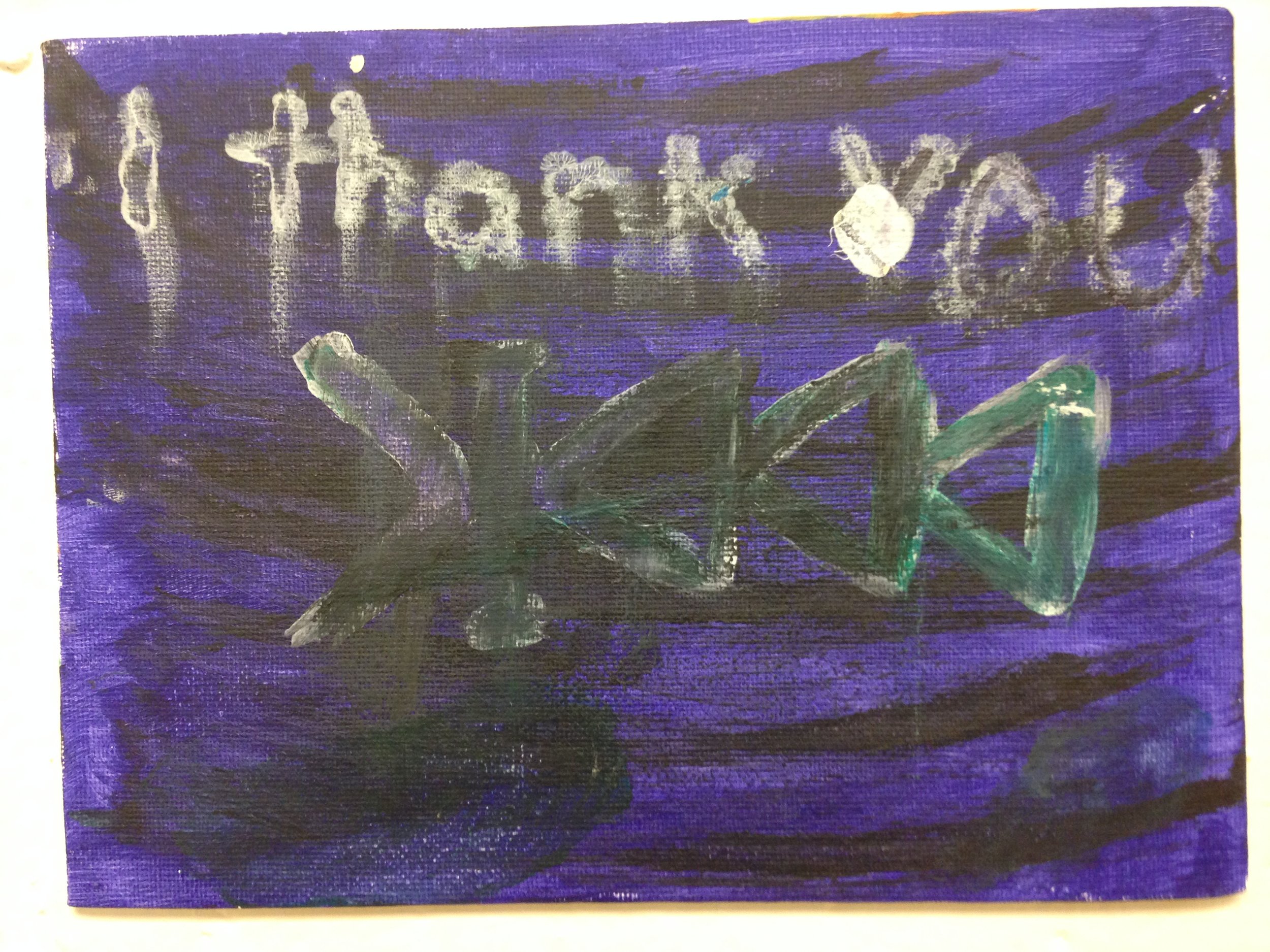As a species, it is undeniably true that our health and overall wellbeing is complicated. Throughout history, our medical understanding of health has twisted and changed into that which we know now. As of today, our physical and mental health are treated as separate entities. They are mutually exclusive, with no interaction between the two categories. That is completely false, and a result of stigmas, misnomers and information spread by uneducated individuals. In reality, as individuals, we are the result of our combined mental and physical wellbeing. We are the centre point, the middle of the Venn Diagram, whatever way you wish to interpret it. We are not 2-dimensional beings. We are complicated and beautiful, but our society does not allow that. Our society is still built upon the concept that our physical well being holds more value, and our mental health need not be addressed. Our society is one of fools.
In more recent years, mental health has been on the forefront of everyone’s mind. At least in my case, tips and tricks on dealing, living and in some cases treating one’s mental health problems are all over social media. However, many of these are unrealistic. Mental health treatment is not something one can walk into with the ideation that you will be cured quickly. It is a slow and gruelling process and more often than not, the so-called “antidote” is never found. Mental health treatment is about learning to live with all your flaws and mistakes, it’s about learning to love yourself and let yourself live. And yet, despite all of this information and education being spread, those that are still living in the medieval ages are allowed to speak. Those loud, arrogant and uninformed individuals often have the loudest voices. As such, on a broader scale, mental health is still stigmatized. It is often still seen as a phase, particularly in younger individuals. It is often still seen as a need for attention as opposed to a cry for help. It is often written off as a “bad day”, despite the fact it’s often been a bad life. Our mental health issues are being brushed aside and mistreated, and personally, I’ve had just about enough.
On the contrary, society has taken our physical health in stride. If you’re ill, you can go see your general practitioner for 5 minutes and walk out with a prescription. If you have an injury, you can call 911 and receive immediate treatment, or visit the ER and be treated with respect. If you have a common cold or the flu you can take time off of work or school in order to rest. So can someone please tell me why you can’t do the same if you can’t move because your depression has decided to take residence on your shoulders? Why, if you walk into the ER and say you’re feeling like you’re a danger to yourself they’ll make you wait for 3 hours. Why if you call the NS mental health line you get put. on. hold. Please, someone - anyone tell me.
In actuality, there is an incessant overlap between our physical and mental health conditions. In recent years, the mental aspects of physical health are being more addressed. The concept that when a patient is diagnosed, they are anticipated to go through a series of emotions and states to cope with the weight of said diagnoses. The same understanding and reasoning is not given to mental health patients. Despite the fact that there are physical aspects to mental health issues. Those that suffer from mental health conditions are much more susceptible to physical chronic illnesses and pain.
In a number of cultures, mental health is still regarded as something “taboo”, and as such, there is often very limited, realistic information regarding the symptoms of mental health. I have been
clinically diagnosed with moderately severe, major depressive disorder. So let me tell you, depression hurts. As a collective, the emotional aspects of depression are those that are most talked about. The physical ones however are rarely mentioned. Deposition can impact one’s sleep, appetite, and pain tolerance and can cause muscle aches, headaches, stomach pain and vision problems. There are so many physical aspects of depression, and that’s just one mental health disorder.
On the search to learn more about how our society has treated and informed individuals about these overlapping aspects of our health I reached out to Sebastien Harenberg, a sport and exercise psychology professor who teaches here at StFX
Professor Harenburg was a breath of fresh air in the midst of the devasting research I had gathered for this article. He provided a series of enlightening opinions on the matter and proceeded to partake in one of the most interesting and academic conversations I’ve ever encountered. I prepared a series of questions for Sebastian, and his responses were not only heartfelt and empathetic but also logical and well thought out.
In your opinion, how should a professor respond to a student that approaches them seeking support for mental health issues?
“It’s a really good question, as to, how someone should respond to someone with mental health issues (…) For me, one of the fundamental realisations is that high school teachers or university professors or coaches are not trained to diagnose or treat, or for anything with these issues. Referral is the most important thing to do once you find out someone is struggling. (…) In my opinion, one of the things when it comes to mental health is that mental issues are not necessarily visible, and (as such) a lot of times it requires the student to self disclose and that requires a basis of trust”
Do you believe there is a difference in severity or the treatment of physical health in comparison to mental health?
“Well to me, they are not entirely separable. To me, if you’re having an injury there are mental components that come with it and if you have a severe mental injury there are physical components that come with it.”
Should mental health treatment be insured in Canada?
“It quite obviously should be in Canada, but I think what we’re seeing, and its quite remarkable that in a country as civilized and as rich and as progressive as Canada is, is that there’s not more support for mental health.”
Following these questions, we engaged in an interesting conversation regarding the impact upon the professor when a student seeks support for their mental struggles.
“If you are not trained, or have not experienced it, it can put you into situations that you are uncomfortable with”
One of the most notable points he shared with me was in regards to the role a professor should play when a student is struggling.
“It is not my job to dig into something and say, Hey! You tell me what’s going on, but my job is to say hey! How can I support you right now? How can I help you be okay? That is the number one priority, that you are okay, we can talk about academic performance after.”
As a closing point, I asked whether Sebastian had any advice or wisdom he would be willing to share with the StFX student body.
“StFX is here, and StFX cares. If you’re struggling, don’t assume that your professor is uncaring and know that you have support. You always have the option of going to the counselling centre, and you always have the option to take advantage of the multitude of services available.”
Professor Harenburg was a delight to speak to. The amount of care and respect he has for each of his students is astounding and wonderful to see. We had a wonderful conversation regarding the difficulties of implementing change within our society, the financial struggles associated with it, and generational stigmas that impact our mental wellbeing. At StFX, we are profoundly lucky with the number of services provided to us, however, that does not mean we cannot improve. While StFX has a wonderful foundation, the rest of our country does not.
Within Canada, the number of reliable mental health services out there is laughable. There is an abundant lack of resources available to those who need them, and those that are available are not properly funded, nor are they accessible to all. In the North, particularly the Northwest Territories there is an extreme lack of mental health professionals available, resulting in an obscenely long waitlist if you are seeking support. Hence, very few can actually receive treatment out of fear that they are taking someone else’s spot or just lack of time. In a number of provinces and territories including the Yukon, Nunavut, British Columbia and Manitoba, therapy is only covered through health insurance if one is institutionalized. This can not continue, and quite frankly is atrocious.
Representing StFX University, we as a community hold more power than we realize. The purpose of this article is not to berate or target you as individuals. It is to inform and educate you on the severity of these issues from someone they are directly affecting. I want to be treated with respect, I want to be able to receive the help I need. I understand that I am incredibly lucky, with the financial capability and familial support to seek proper treatment, but I am deeply discouraged by the fact that not everyone can do so. Mental health treatment is invaluable, equally so to that of physical health treatment. To the reader, I implore you to further educate yourself on this topic, be empathetic to those suffering around you and try to understand the severity of this issue. If you as a reader are willing to share your story, please contact me, and I will ensure that is told. You deserve to be heard, you deserve to be respected and you deserve to be valued.
Contact information: email me at x2021cto@stfx.ca or text me at 902-324-9978


















